In this bimonthly series, Patrick Parr looks at how famous brands got their start in Japan. Parr previously wrote the “Japan Yesterday” series for Japan Today, chronicling past historic visits to Japan by world-famous people.
If you are currently in Japan, there’s a good chance that Coca-Cola has taken at least five yen from your wallet today. Maybe you had an Aquarius sports drink, a Georgia coffee or an Ayataka tea. Dasani? Fanta? Minute Maid? Sprite? Maybe you even bought that drink out of one of the company’s 880,000 vending machines across the country.
Wherever you look, Coca-Cola is nearby: either the company behind its 21 brands that achieve over US$1 billion in sales globally or standing out proudly — its red and white logo plastered across entire walls and seating.
This ubiquitous here-but-also-not nature of the Coca-Cola company in Japan is by design, but it took many years to reach this level of saturation.
As early as 1914, Coca-Cola was shipped in glass bottles across the Pacific to companies whose customers were tourists. Back then, Coca-Cola was considered an “expensive imported delicacy,” a sophisticated sugary blast of carbonated goodness. Even in January 1920, The New York Times reported that an unofficial company in Japan had “pirated” the name Coca-Cola, selling a similar-tasting drink in a look-alike bottle for profit.
The Coca-Cola Company records June 1957 as its official entry into the Japanese market. This is when their first syrup and concentrate plant was opened in Tokyo. Let’s go back a bit further, however, when things were messier…
“First, a Western myth needs to be debunked: Coca-Cola did not invent the beverage vending machine, nor did they ‘bring it to Japan.’”
Wartime poison drink
As Coca-Cola grew in global popularity, opening factories across the world, there was inevitable pushback. As documented by Coca-Cola historian Mark Prendergast in his enjoyable 2013 book For God, Country and Coca-Cola, during the 1940s and 50s, Coca-Cola was denounced in a variety of ways. Switzerland attempted to ban it for its use of “phosphoric acid.” In Egypt, Coca-Cola had “pig’s blood,” and in the Philippines—this one might have a thimble of truth to it—Coca-Cola “made teeth fall out.”
Some Japanese citizens, meanwhile, according to Prendergast, claimed that the soft drink “sterilized women.” Prendergast points out that many of these accusations can be linked back to Communist propaganda as well as other companies attempting to derail Coca-Cola’s market domination fueled by capitalistic business strategies.
At its start in Japan, customers were unsure of how to appreciate this new, fizzy taste. One Japanese boy compared its look to “dog medicine” and a waitress, after tasting it, compared it to “the sweet and bitter taste of first love.”
Regardless, by 1946, Coca-Cola had become such an established brand in Japan, even without an established syrup and concentrate plant, that when Pepsi-Cola made headlines for opening a bottling plant in Yokohama and later Kobe, it was already deemed a second choice: “Coca Cola,” the United Press reported in November 1946, “has been bottled in Japan for some time.”
Coca-Cola bottling plants formally entered Japan just after the war’s end in September 1945. American soldiers had been chugging Coke throughout the war, due to Coke president Robert W. Woodruff’s mission to make his beverage available to all soldiers, wherever they were stationed.
In author E.J. Kahn’s cheeky yet entertaining history of Coca-Cola, The Big Drink, he writes that “At war’s end, six dismantled bottling plants were bobbing gently off the coast of Japan, waiting to follow our troops ashore.”
The rollout
It was June 1957 when Nihon Inryo Kogyo, renamed Coca-Cola Japan in 1958, was established.
The company, as Prendergast mentions, was still restricted by Japan’s “strict import quota,” which had been eased in some cases, but not all. Already a global name, Coca-Cola had no trouble finding “well-connected” bottling partners, such as “Mitsubishi, Kirin, Fuji, Sanyo, Kikkoman and Mitsui.”
Now with their own Tokyo-based syrup and concentrate plant, plus distributors across the country, Coca-Cola bombarded the Japanese public with advertisements and vending machines. On television commercials, the phrase “skatto sawayaka,” an onomatopoeia-like “very refreshing” (as you can hear above at the 22-second mark), seeped into the minds of Japanese consumers.
Far more effective than catchy television jingles, though, was Coca-Cola’s borderline-invasive vending machine presence.
First, a Western myth needs to be debunked: Coca-Cola did not invent the beverage vending machine, nor did they “bring it to Japan.” As scholar and vending machine savant Yoshihiro Higuchi wrote: “...vending machines can be traced back to ancient Egypt.”
“More recently,” added Higuchi, “beverage vending machines in Japan started with fresh juice vending machines, which boomed in the rapid economic growth era of the 1950s.”
Higuchi’s marvelous digging shows that the earliest Japanese beverage vending machine was, in fact, one that distributed sake, or nihonshu (Japanese rice wine), around 1912. That machine is now at the Ninohe Museum of History and Folklore, about 50 minutes south of Hachinohe by car.
More importantly in Coca-Cola’s case, Higuchi noted that Hoshizaki Electric’s October 1957 development of a “cup-type juice vending machine” deserves credit for “trigger[ing] a beverage vending machine boom,” since it was “the first in Japan to be fitted with a refrigeration device” and laid the groundwork and vision for populating train stations along the Yamanote line with similar machines, such as the “epoch-making” Oasis, which dispensed four kinds of fruit juice into a paper cup, like a fountain drink.
The road was paved well for Coca-Cola to take over. Vending machine culture had already been introduced to Japanese consumers. With Coca-Cola’s unique sweet carbonated drink taste, advertising skill, and its syrup and concentrate plant able to reconfigure its recipe based on domestic feedback, market domination was imminent.
An established brand
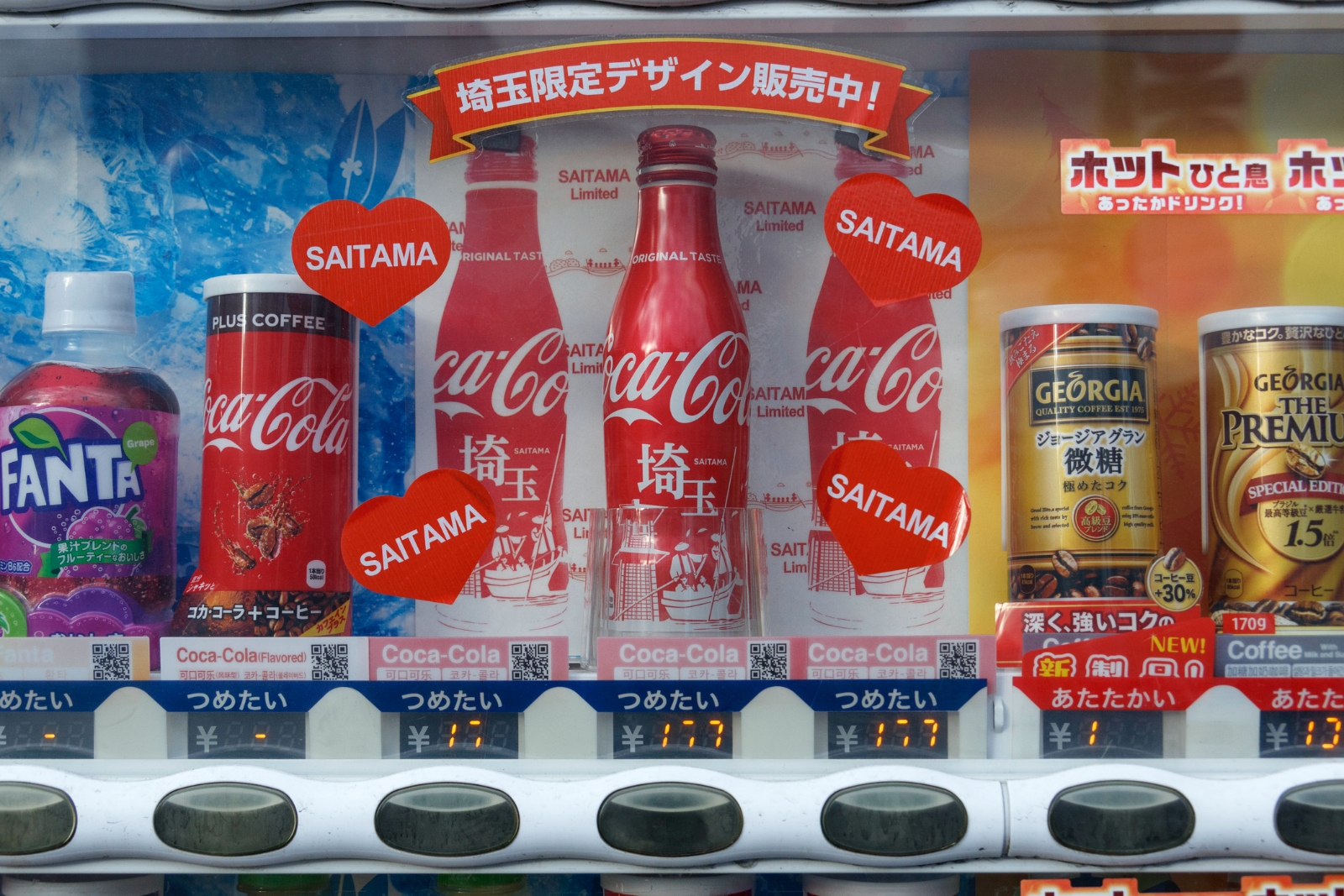
Starting in 1962, Coca-Cola “installed tens of thousands of vending machines per year.” During the 1964 Tokyo Olympics, beverage vending machines selling glass bottles of Coca-Cola were peppered across Tokyo, the beverage dispensed via sliding metal racks. Sales exploded, as Prendergast noted, “nearly doubling every year” in the 1960s.
As early as 1987, as Jackson N. Huddleston’s book Gaijin Kaisha: Running a Foreign Business in Japan mentioned, Coca-Cola’s profit here exceeded what the company was making in the United States. Huddleston also wrote that its most direct competition, Pepsi, failed in Japan because of “lousy management” and “no consistent marketing plan or execution.” Huddleston concluded that “unless a sustainable record can be created for a product, through price or uniqueness, it will eventually fail [in Japan].”
Coke’s brand reputation was momentarily damaged in the early 1970s when health concerns were made concerning the artificial flavoring in their Fanta grape drink, but the long tradition of Coca-Cola kept them from suffering permanent damage. The company, as Huddleston noted, “replaced the artificial coloring with natural coloring,” and endured “five years” of poor Fanta sales, eventually winning back public support.
Coca-Cola wasn’t going anywhere. It was skatto sawayaka, its image now embedded into the fabric of Japanese culture.
Random coke facts
Some of you are probably searching for a mention of cocaine. Yes, the 54-year-old Confederate Army veteran and pharmacist creator of the drink, Dr. John Stith Pemberton, from Atlanta, Georgia (yes…Georgia) did initially pop in a dash of “coke” extract in the original recipe, only for it to be 100% removed from the recipe around 1929 (Pemberton passed away in 1888).
It was Pemberton’s dual dose of coca leaf and kola-nut extracts that gave the product its name. The name was created by his associate, Frank Mason Robinson.
Traces of cocaine are everywhere. Over 90% of American bills hold trace levels of cocaine within the pores of the paper, compared to 15% of Japanese bills.
Our next “When They Opened in Japan” will feature the Ford Motor Company's entry in the early 1920s.
Other stories in the "When They Opened in Japan" series:
Patrick Parr’s second book, One Week in America: The 1968 Notre Dame Literary Festival and a Changing Nation, was released in March 2021 and is available through Amazon, Kinokuniya and Kobo. His previous book is The Seminarian: Martin Luther King Jr. Comes of Age, now available in paperback. He teaches at Lakeland University Japan’s campus in Ryogoku.
© Japan Today
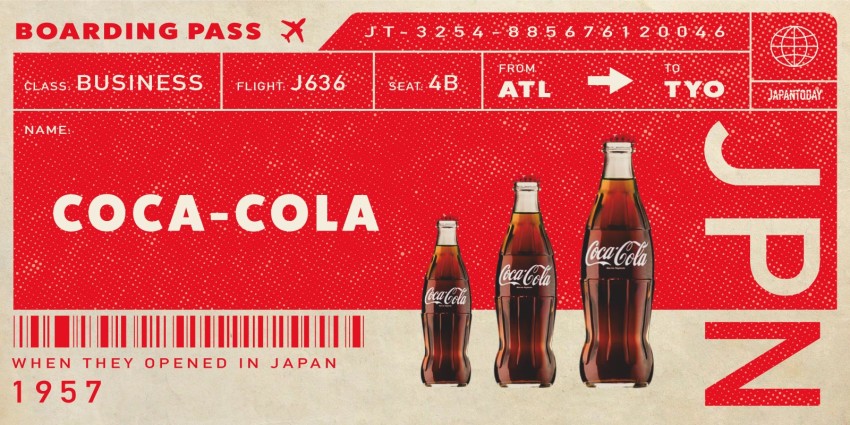


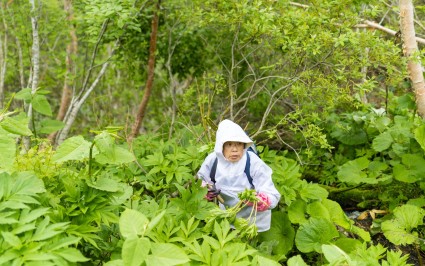
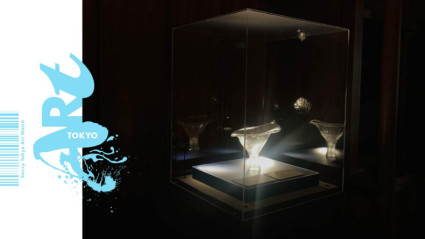
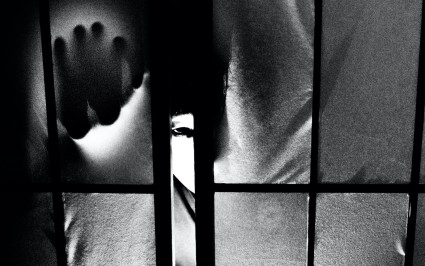
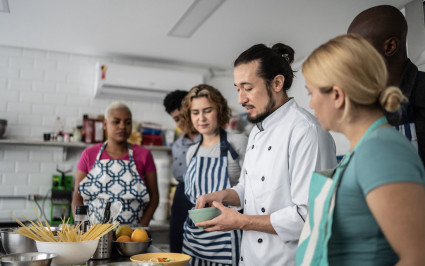
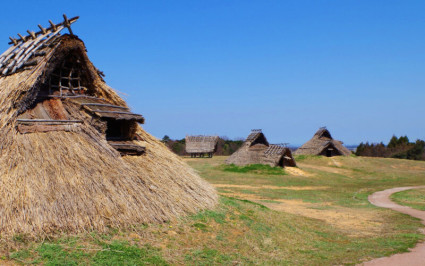


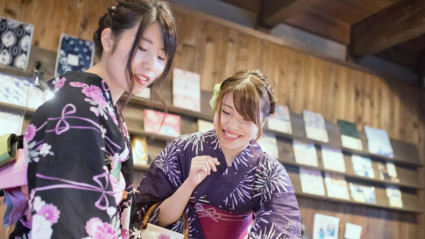
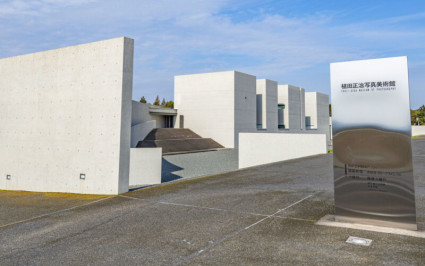
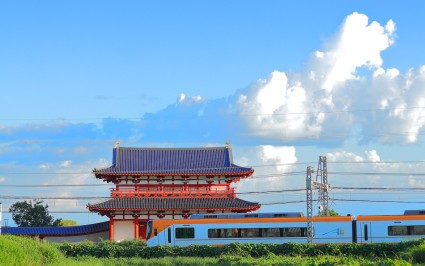

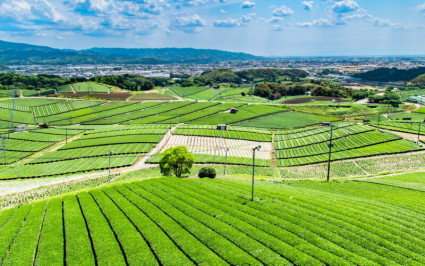
11 Comments
Login to comment
bearandrodent
I remember reading that Coke had 16 or 17 bottlers across Japan up to the early 2000s. In addition to famous beverage companies, some of them were backed by sochu distillers, Ricoh (the copier manufacturer), and Kikkoman (soy sauce). Fascinating stuff. Also, the foreigners who were station in Japan were on the "fast track", many of them became senior executives back in Atlanta after their stint (more than any other overseas assignment, I heard).
Aly Rustom
Random fact:
High-fructose corn syrup was developed in 1965–1970 by Yoshiyuki Takasaki at the Japanese National Institute of Advanced Industrial Science and Technology (AIST)
餓死鬼
the taste of first love
in a black sugar water
something something spring
Stewart Gale
15% of Japanese paper money has traces of cocaine in it? From it being used to snort cocaine?
I find that figure hard to believe.
kyushubill
Coca Cola, sellling gingivitis and diabetes for over a century. The real thing.
falseflagsteve
This drink may seem refreshing but please look at the contents on the label and research the sugar contained.
This type of drink may be ok for a occasionally refreshment but don’t partake often.
This drink if drunk in large amounts ( like many do), and others that are similar can lead to obesity which can lead to diabetes, other debilitating symptoms and ultimately an early death
cleo
Nope I don't drink sugar-water. - unless it's alcoholic.
I thought that was Calpis?
falseflagsteve
Cleo
You just made me giggle, what are you like eh?
cleo
Start the day with a giggle, feel bubbly all day.
Glad to be of service.
opheliajadefeldt
I have never tasted cola or any other sugary drink, my parents were very wise people!! I did find out tho, that coke a cola was supplied to all the allied troops during WW2 but mainly the US ones.
Norm
Hi, Ophelia,
Your parents were indeed very good people.
I’m from near Atlanta, and Coke is what we have all day, every day. I don’t drink Coke now, but forty or fifty years ago it went with every meal. Thankfully, I’m still fit, trim and have a normal BMI and blood pressure, and all of my original teeth.
But more to the point, whether one likes it or not, the history of Coca-Cola is very interesting.